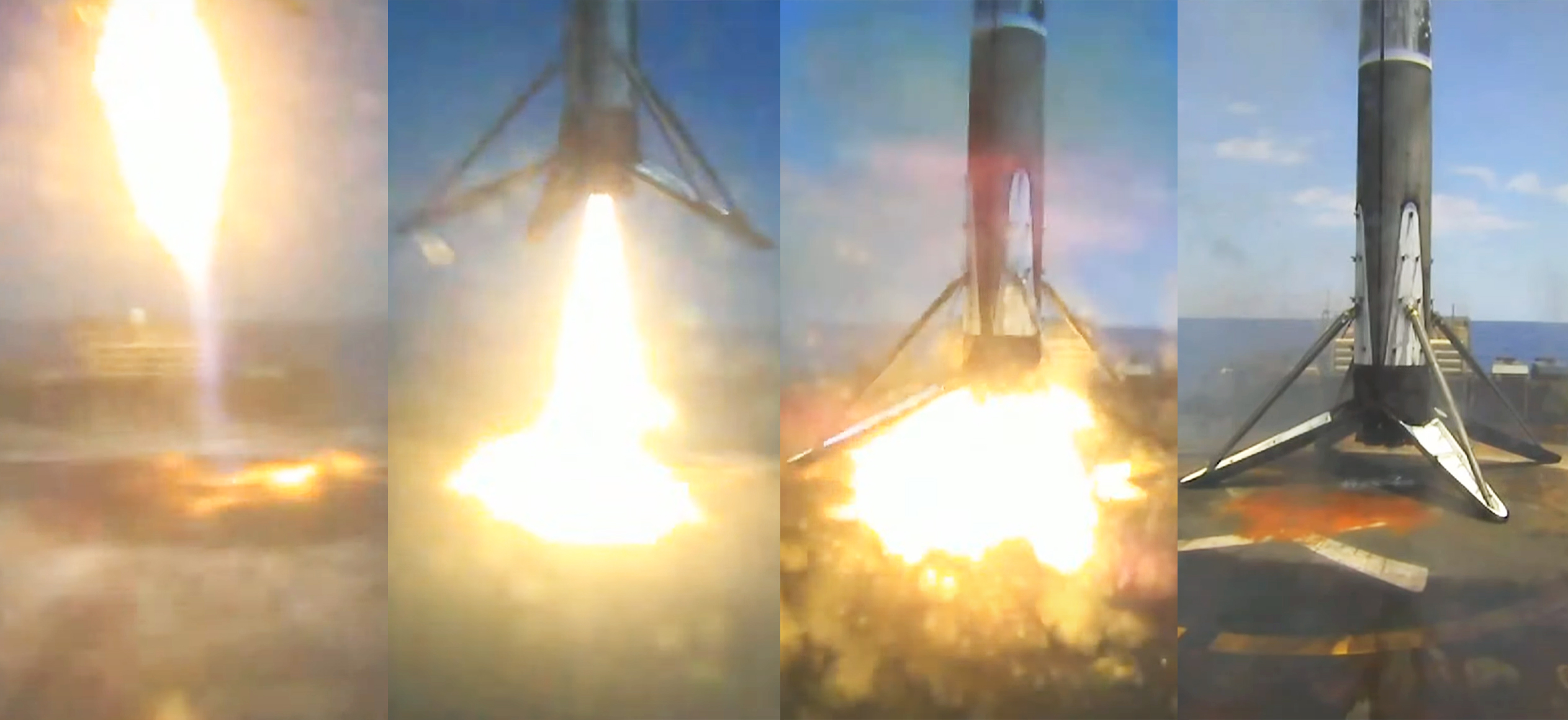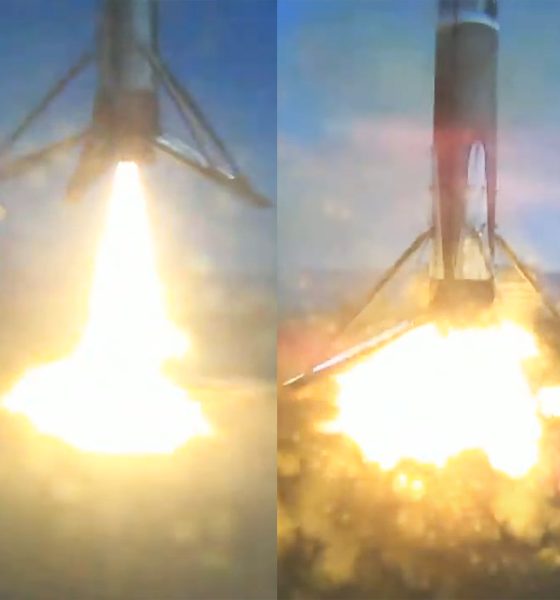SpaceX’s latest launch webcast offered exceptionally clear views of the company’s 88th successful Falcon booster landing minutes after the rocket helped the US military cross a major reusability milestone.
In November 2020, Falcon 9 booster B1062 lifted off for the first time, successfully supporting the launch of the US military’s fourth upgraded GPS III satellite (SV04). As usual, the rocket stuck the landing, opening the door for what could be the last major customer-side reuse milestone for SpaceX. A few months prior, the US military Space and Missile Systems Center (SMC) had announced contract modifications that would permit “national security” payloads to fly on flight-proven boosters for the first time ever.
On June 17th, outfitted with a new recoverable payload fairing and expendable second stage, Falcon 9 B1062 lifted off on its second mission for the US military and sent another GPS III satellite (SV05) on its way towards orbit without issue. Eight and a half minutes after launch, the booster safely landed on drone ship Just Read The Instructions (JRTI), potentially setting the stage for SpaceX to reuse the same booster again on a future ‘national security’ launch.
To some extent, the US military’s certification of flight-proven Falcon boosters for high-value “national security” launches effectively means that SpaceX’s reusability efforts have now been officially validated by every major American customer and institution. Logically beginning with satellites, SpaceX’s first booster reuse ever launched a commercial geostationary communications satellite for SES in March 2017. Three more commercial satellite operators joined the flight-proven fray later that same year, as did NASA with an uncrewed Cargo Dragon space station resupply mission.
Coming as a bit of a surprise, the next major validation of SpaceX reusability came when NASA gave the company permission to launch astronauts with flight-proven Falcon boosters and Dragon capsules almost immediately after Demo-2, SpaceX’s inaugural human spaceflight. Ten months after NASA opened the doors, SpaceX successfully launched four astronauts – riding in a flight-proven Crew Dragon capsule – to the International Space Station (ISS) on a flight-proven Falcon 9 booster.
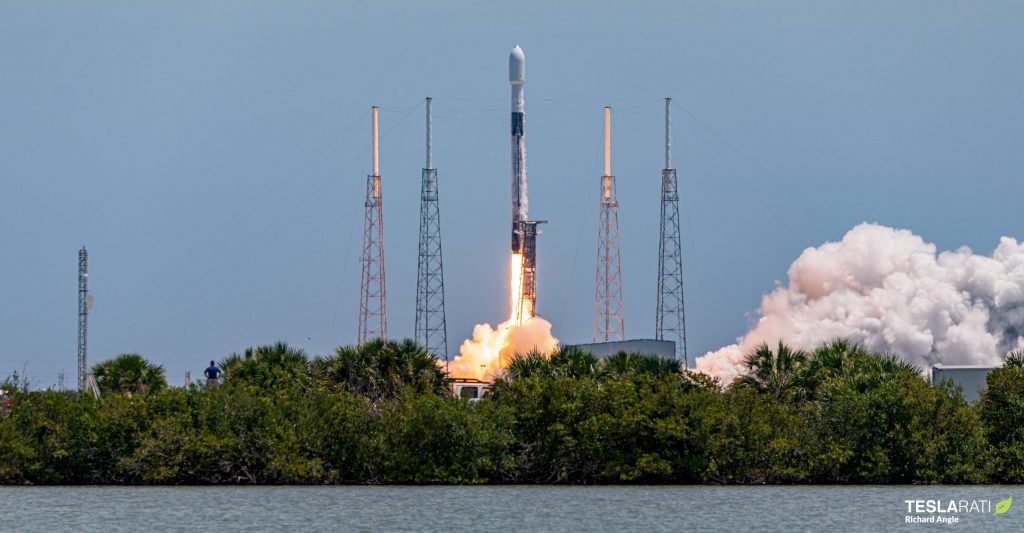
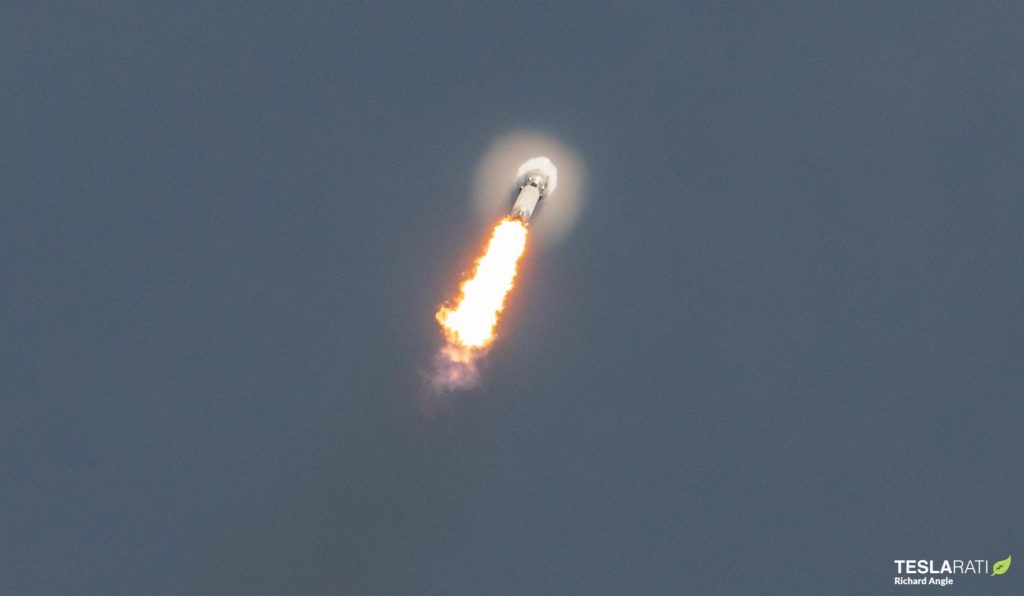
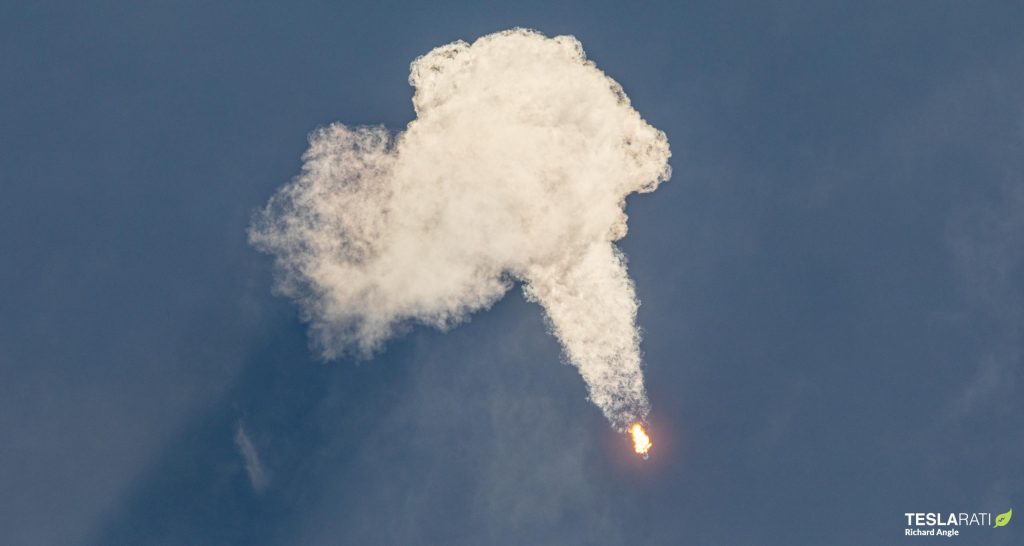
Given just how aggressively NASA has prioritized safety in the Commercial Crew Program, the space agency’s willingness to simultaneously launch astronauts – for the first time ever – on a flight-proven booster and spacecraft was the most resounding validation of the technology and system SpaceX could have ever received. That it came before the US Air/Space Force certified flight-proven SpaceX rockets to launch satellites simply served to emphasize how the US military is led more by dogma than data – not particularly surprising after decades and trillions of dollars of procurement boondoggles.
Regardless, more than four years, 91 consecutively successful launches, and 66 successful booster reuses after Falcon 9’s first operational reuse, the US military has finally cleared SpaceX to launch ‘national security’ satellites on flight-proven boosters. Wholly unsurprisingly, Falcon 9 aced its first operational military reuse, stuck the landing, and successfully delivered a fourth GPS III satellite to orbit. SpaceX has one more GPS III contract on the books and could potentially launch Falcon 9 B1062 a third time in support of that mission sometime next year. In the meantime, several more Lockheed Martin-built GPS III satellites are approaching completion, suggesting that the US military will award several more GPS III launch contracts in the near future.

News
Tesla is not sparing any expense in ensuring the Cybercab is safe
Images shared by the longtime watcher showed 16 Cybercab prototypes parked near Giga Texas’ dedicated crash test facility.

The Tesla Cybercab could very well be the safest taxi on the road when it is released and deployed for public use. This was, at least, hinted at by the intensive safety tests that Tesla seems to be putting the autonomous two-seater through at its Giga Texas crash test facility.
Intensive crash tests
As per recent images from longtime Giga Texas watcher and drone operator Joe Tegtmeyer, Tesla seems to be very busy crash testing Cybercab units. Images shared by the longtime watcher showed 16 Cybercab prototypes parked near Giga Texas’ dedicated crash test facility just before the holidays.
Tegtmeyer’s aerial photos showed the prototypes clustered outside the factory’s testing building. Some uncovered Cybercabs showed notable damage and one even had its airbags engaged. With Cybercab production expected to start in about 130 days, it appears that Tesla is very busy ensuring that its autonomous two-seater ends up becoming the safest taxi on public roads.
Prioritizing safety
With no human driver controls, the Cybercab demands exceptional active and passive safety systems to protect occupants in any scenario. Considering Tesla’s reputation, it is then understandable that the company seems to be sparing no expense in ensuring that the Cybercab is as safe as possible.
Tesla’s focus on safety was recently highlighted when the Cybertruck achieved a Top Safety Pick+ rating from the Insurance Institute for Highway Safety (IIHS). This was a notable victory for the Cybertruck as critics have long claimed that the vehicle will be one of, if not the, most unsafe truck on the road due to its appearance. The vehicle’s Top Safety Pick+ rating, if any, simply proved that Tesla never neglects to make its cars as safe as possible, and that definitely includes the Cybercab.
Elon Musk
Tesla’s Elon Musk gives timeframe for FSD’s release in UAE
Provided that Musk’s timeframe proves accurate, FSD would be able to start saturating the Middle East, starting with the UAE, next year.

Tesla CEO Elon Musk stated on Monday that Full Self-Driving (Supervised) could launch in the United Arab Emirates (UAE) as soon as January 2026.
Provided that Musk’s timeframe proves accurate, FSD would be able to start saturating the Middle East, starting with the UAE, next year.
Musk’s estimate
In a post on X, UAE-based political analyst Ahmed Sharif Al Amiri asked Musk when FSD would arrive in the country, quoting an earlier post where the CEO encouraged users to try out FSD for themselves. Musk responded directly to the analyst’s inquiry.
“Hopefully, next month,” Musk wrote. The exchange attracted a lot of attention, with numerous X users sharing their excitement at the idea of FSD being brought to a new country. FSD (Supervised), after all, would likely allow hands-off highway driving, urban navigation, and parking under driver oversight in traffic-heavy cities such as Dubai and Abu Dhabi.
Musk’s comments about FSD’s arrival in the UAE were posted following his visit to the Middle Eastern country. Over the weekend, images were shared online of Musk meeting with UAE Defense Minister, Deputy Prime Minister, and Dubai Crown Prince HH Sheikh Hamdan bin Mohammed. Musk also posted a supportive message about the country, posting “UAE rocks!” on X.
FSD recognition
FSD has been getting quite a lot of support from foreign media outlets. FSD (Supervised) earned high marks from Germany’s largest car magazine, Auto Bild, during a test in Berlin’s challenging urban environment. The demonstration highlighted the system’s ability to handle dense traffic, construction sites, pedestrian crossings, and narrow streets with smooth, confident decision-making.
Journalist Robin Hornig was particularly struck by FSD’s superior perception and tireless attention, stating: “Tesla FSD Supervised sees more than I do. It doesn’t get distracted and never gets tired. I like to think I’m a good driver, but I can’t match this system’s all-around vision. It’s at its best when both work together: my experience and the Tesla’s constant attention.” Only one intervention was needed when the system misread a route, showcasing its maturity while relying on vision-only sensors and over-the-air learning.
News
Tesla quietly flexes FSD’s reliability amid Waymo blackout in San Francisco
“Tesla Robotaxis were unaffected by the SF power outage,” Musk wrote in his post.

Tesla highlighted its Full Self-Driving (Supervised) system’s robustness this week by sharing dashcam footage of a vehicle in FSD navigating pitch-black San Francisco streets during the city’s widespread power outage.
While Waymo’s robotaxis stalled and caused traffic jams, Tesla’s vision-only approach kept operating seamlessly without remote intervention. Elon Musk amplified the clip, highlighting the contrast between the two systems.
Tesla FSD handles total darkness
The @Tesla_AI account posted a video from a Model Y operating on FSD during San Francisco’s blackout. As could be seen in the video, streetlights, traffic signals, and surrounding illumination were completely out, but the vehicle drove confidently and cautiously, just like a proficient human driver.
Musk reposted the clip, adding context to reports of Waymo vehicles struggling in the same conditions. “Tesla Robotaxis were unaffected by the SF power outage,” Musk wrote in his post.
Musk and the Tesla AI team’s posts highlight the idea that FSD operates a lot like any experienced human driver. Since the system does not rely on a variety of sensors and a complicated symphony of factors, vehicles could technically navigate challenging circumstances as they emerge. This definitely seemed to be the case in San Francisco.
Waymo’s blackout struggles
Waymo faced scrutiny after multiple self-driving Jaguar I-PACE taxis stopped functioning during the blackout, blocking lanes, causing traffic jams, and requiring manual retrieval. Videos shared during the power outage showed fleets of Waymo vehicles just stopping in the middle of the road, seemingly confused about what to do when the lights go out.
In a comment, Waymo stated that its vehicles treat nonfunctional signals as four-way stops, but “the sheer scale of the outage led to instances where vehicles remained stationary longer than usual to confirm the state of the affected intersections. This contributed to traffic friction during the height of the congestion.”
A company spokesperson also shared some thoughts about the incidents. “Yesterday’s power outage was a widespread event that caused gridlock across San Francisco, with non-functioning traffic signals and transit disruptions. While the failure of the utility infrastructure was significant, we are committed to ensuring our technology adjusts to traffic flow during such events,” the Waymo spokesperson stated, adding that it is “focused on rapidly integrating the lessons learned from this event, and are committed to earning and maintaining the trust of the communities we serve every day.”
